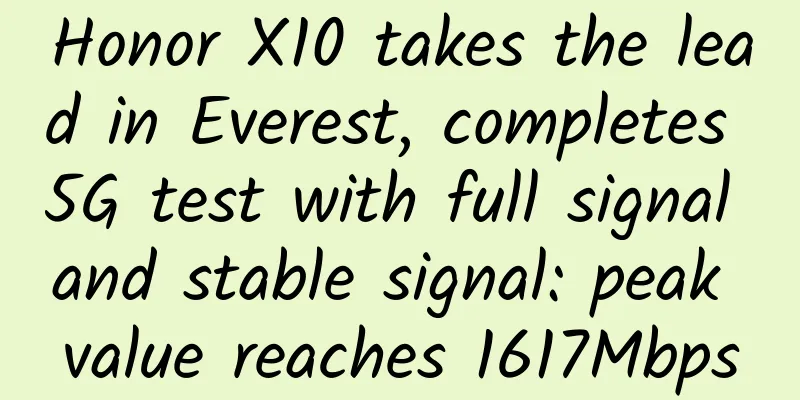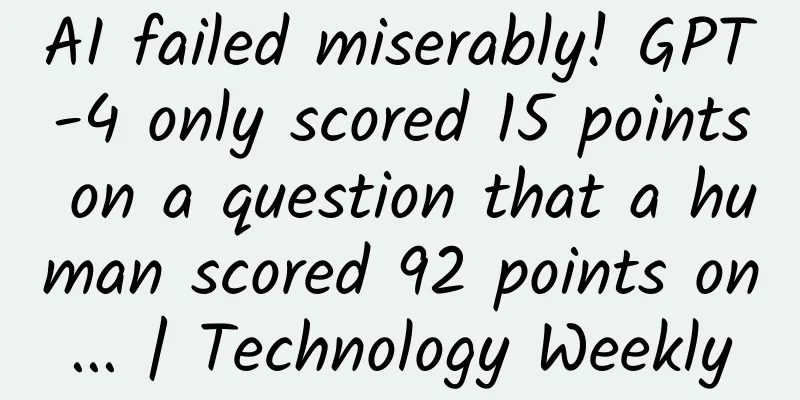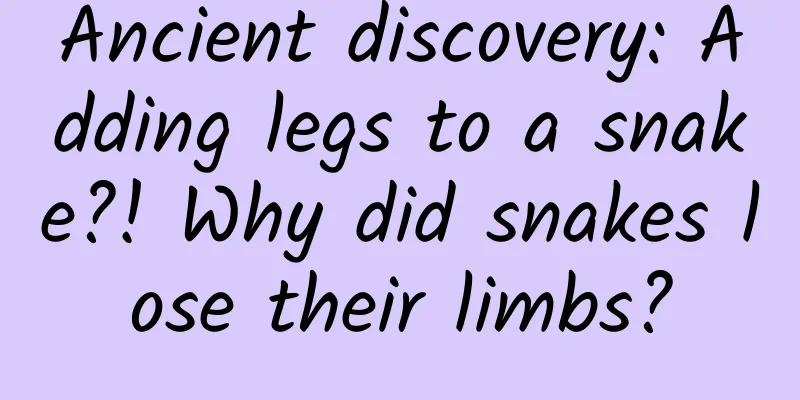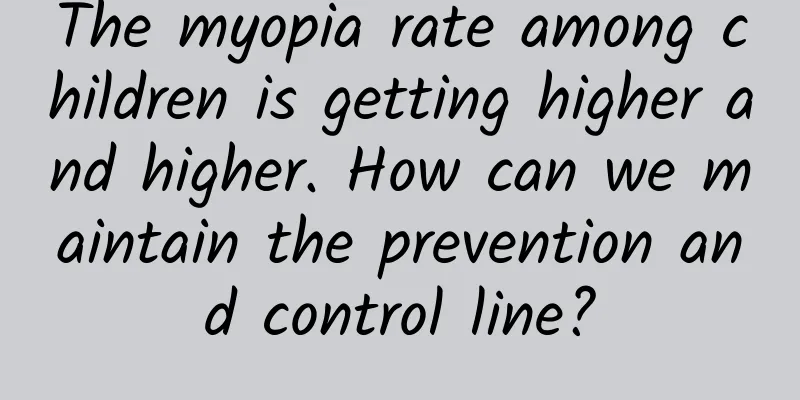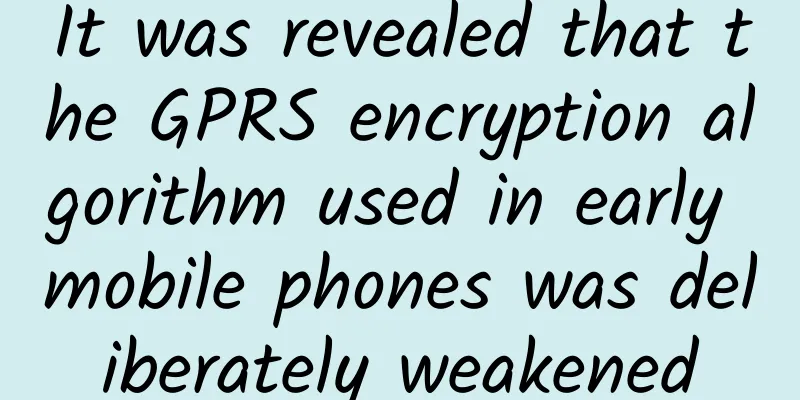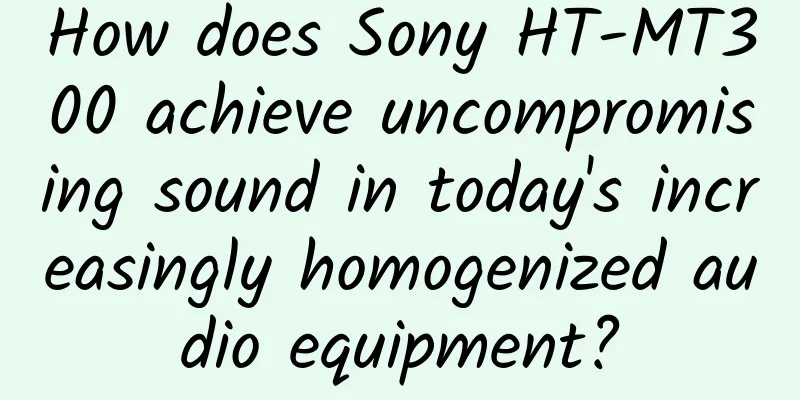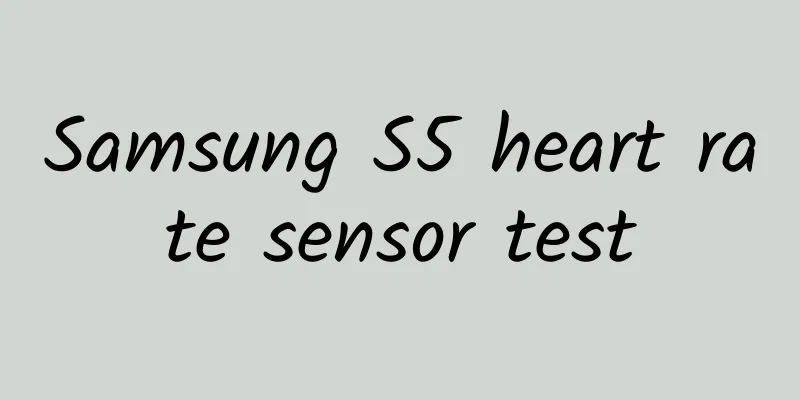When someone calls, he will answer anything you give him? Really?

|
Audit expert: Taozi National Psychological Counselor A Japanese variety show once conducted an experiment: when a person answers the phone, will he accept any objects handed to him by others? Surprisingly, no matter the melting ice cream or the odd-shaped dolls, all the objects handed to the subjects in this interesting experiment were accepted. This inevitably aroused everyone's doubts and thoughts: Is this really the case? Why didn't the subjects refuse when answering the phone? Source丨Screenshots of related variety shows Today, let’s step into the world of psychology and look for answers to questions related to attention. Notice Stepping out of the context of making phone calls or answering calls, all our actions and decisions are inseparable from attention , so what is attention? Attention is a medical or psychological concept. It is part of the cognitive process and an important psychological adjustment mechanism in the information processing process. It can allocate limited information processing resources and enable perception to have the ability to select. It has two main characteristics: directionality and concentration. Pedestrians concentrating on talking on the phone Source: Pexels Attention can be divided into exogenous attention and intrinsic attention . Exogenous attention is a bottom-up, passive, stimulus-driven process, while intrinsic attention is a top-down, voluntary, goal-driven process. Making a phone call as a purpose attracts our endogenous attention, while receiving something as a stimulus that we passively receive attracts our exogenous attention. Inattentional blindness Now that we understand the basic concept of attention, let's jump back to the problem of unconsciously answering the phone and define the range of this phenomenon - inattentional blindness . Similar concepts to inattentional blindness include inattentional deafness, inattentional olfactory and tactile deafness, etc. Inattentional blindness refers to the phenomenon that when people focus their attention on some stimuli or tasks in their visual field, they cannot be aware of additional, unexpected, but completely visible stimuli or tasks in their visual field, which reflects the unity of selectivity and concentration of attention. When we focus all our attention on answering the phone, the things handed over by others are non-threatening information stimuli, which only attract exogenous attention and automatically generate the next behavioral response, but we are not aware of it, so this phenomenon can be classified as a type of inattentional blindness. Immersive reading can also bring non-attentional blindness experience Source: pexels Although in a sense, inattentional blindness can ensure that we concentrate on completing a task, such as communicating on the phone, studying attentively, etc., the hidden dangers in safety and other aspects it brings should not be underestimated, ranging from making mistakes in exams to major traffic accidents, etc. Therefore, we need to correctly understand and utilize inattentional blindness. Attention allocation After explaining inattentional blindness, are there still some friends who have questions, why can't we answer the phone and not take things handed to us by others at will? This is to talk about attention allocation . We will find that it has different meanings and applications in different contexts, such as government policies, social resources, and group research. What is mentioned here is the allocation of human individuals' attention to themselves. Psychologists divide the human attention system into three parts: alertness, orientation, and executive control. They are mainly responsible for highly sensitive information, focusing on stimuli, and monitoring and coordinating expectations, as well as the relationship between stimuli and responses. The different ways in which the three parts work together are linked to two theories about attention allocation: the cognitive strategy view and the attention resource view . The former refers to the change in attention focus serving different specific external stimulus conditions, while the latter refers to the attention resources shared by different networks in competition, which has been supported by more data. Focus on the action effect Source: pexels From another perspective, the allocation of attention is actually the coordination and unity of the selectivity and concentration of attention , that is, training the concentration of attention in the choice of suppressing the unnecessary and strengthening the necessary. There are two viewpoints on the selectivity of attention. The first is the viewpoint of limited attention resources , that is, attention allocation is a mechanism to protect the brain and prevent information overload. The second is the viewpoint of behavioral selection principle , that is, potential behaviors compete for attention resources, and the information noticed by individuals serves to coordinate the consistency and interruption of behaviors and supplement the priority tasks required by the environment, that is, focusing on the current task while perceiving the dangers and opportunities of the surrounding environment. The factors that affect attention allocation are very complex. In addition to environmental factors such as attention load and emotional stimulation, the existing attention model includes four factors: information salience, effort, probability of information occurrence, and subjective importance of information. That is, attention allocation is analyzed from the characteristics of the information itself, the relationship between the information and us, and our own characteristics. From this point of view, whether we will take the things handed to us when we answer the phone is a very complex question, not as shown by the variety show effect. What is the use of attention allocation? 1. Pain relief: Proper use of attention allocation can relieve pain caused by diseases such as cancer and some medical examinations; 2. Vocational training: Pilots, medical staff, etc. need to allocate attention reasonably at work and avoid inattention blindness to avoid major accidents. This requires the development of relevant research and the establishment of evaluation models; 3. Education and teaching: Students’ control over attention allocation, the correct development and utilization of attention resource potential are important directions of educational research; 4. Artificial Intelligence: The human attention allocation mechanism provides a reference for the development of artificial intelligence, from which artificial intelligence attention mechanism and many new algorithms are derived. The spiral of cognition Source: Pexels Like everything in nature, the exploration of human beings is endless, and the code to open this treasure house is waiting to be deciphered by ourselves. Understanding human psychology is an infinite inward spiral process, and each arc is a natural masterpiece deciphered by human wisdom. |
<<: Blindsight: Even though you can't see anything, your guesses are frighteningly accurate!
>>: There is a "sausage" in the universe? It's hundreds of light years long!
Recommend
Livestreaming sales training camp: community + short video + livestreaming sales: earning 100,000 yuan from one livestreaming
Course Catalog of Live Streaming Thinking Six tho...
How to earn 10,000 yuan a month by selling Huaqiangbei headphones on Xiaohongshu at zero cost
Since Apple released AirPods, the TWS headset ind...
Want to find someone with the same birthday as you? It’s not that difficult!
When you hear someone has the same birthday as yo...
APP promotion丨Analysis of the advantages and disadvantages of mainstream promotion channels
01 Classification by traffic rating The editor di...
Scientists discover new way to transport liquid in succulent plants
Produced by: Science Popularization China Author:...
April's "Science" Rumors: Will storing CO2 at sea affect the ecology? Is fat the cause of bloating?
The list of "scientific" rumors for Apr...
Chrome will soon be updated for iPad to provide multi-window support, security checks and other features
According to foreign media reports, Google's ...
Samsung to produce self-driving chips for Tesla
Recently, according to foreign media reports, Sam...
WeChat turns off these 5 switches, and immediately releases more than 10 GB of memory, making it as fast as a new phone
When we use our mobile phones, we often encounter...
Audi uses projection to replace the central control screen, allowing you to lie in the car and watch movies
Autonomous driving is getting closer and closer t...
To help you vent your anger, we will fight violence with violence against the annoying catkins.
There is static electricity in winter and heat in...
Back pain caused by fatigue? Don't be careless! Such pain may be related to a variety of diseases
This article was reviewed by Dr. Tao Ning, Associ...
Can lard protect cardiovascular system, detoxify, prevent cancer, etc.? People who eat it often must read this!
Author: Ruan Guangfeng, Director of the Science a...
Huawei's financial report: In 2024, Huawei's global sales revenue will be 862.1 billion yuan, and R&D investment will be 179.7 billion yuan, accounting for 20.8%
Recently, Huawei released its 2024 annual report....
How much does it cost to customize a furniture mini program in Xilingol League?
The factors affecting the quotation of Xilinguole...
